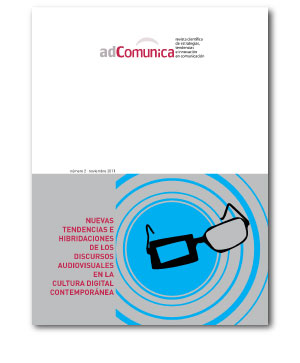The Aesthetics of Pervasive Media
Main Article Content
Abstract
This work emerges from a knowledge exchange partnership between the Pervasive Media Studio Bristol UK and the University of the West of England’s Digital Cultures Research Centre (DCRC). It offers conceptual techniques, descriptive vocabularies and pragmatic design tools for the emergent field of ‘pervasive media’. Languages and vocabularies emerge from, and situate fields of, research and development, binding together communities of practice. This presentation concerns the development of a shared vocabulary for ‘Pervasive Media’ that has formed a central question in an ongoing Knowledge Transfer Fellowship (KTF). The KTF at the DCRC was set up in response to a perceived need to research definitions and new models of value creation in digital media businesses. The ‘Pervasive Media’ slogan promises the ‘right media in the right place at the right time’ delivered to phone screens, headphones, projections large and small in a burgeoning variety of interactive genres. For CBS advertising they are simply ‘outdoor media’, an extension of billboards offering the potential to intensify advertising’s command of our engagement in the terminal competition of the digital attention economy. What other models of value network could Pervasive Media support? This paper is based on work undertaken in a Knowledge Transfer Fellowship based at the Pervasive Media Studio in Bristol in which we have been working with digital start-ups to analyse the ways in which value, economies and media ecosystems interact. Using a number of recent examples of Pervasive Media practice the presentation will offer an analysis of the value produced by the media ecosystems which they inhabit and co create.
Downloads
Article Details
1. Política propuesta para Revistas que ofrecen Acceso Abierto
Los autores que publican en esta revista están de acuerdo con los siguientes términos:
- Los autores conservan los derechos de autor y garantizan a la revista el derecho de ser la primera publicación del trabajo al igual que licenciado bajo la licencia CC BY-SA, que permite a otros compartir el trabajo con un reconocimiento de la autoría del trabajo y la publicación inicial en esta revista.
- Los autores pueden establecer por separado acuerdos adicionales para la distribución no exclusiva de la versión de la obra publicada en la revista (por ejemplo, situarlo en un repositorio institucional o publicarlo en un libro), con un reconocimiento de su publicación inicial en esta revista.


